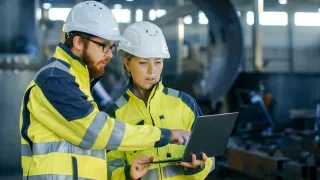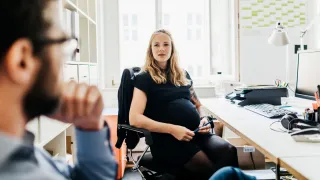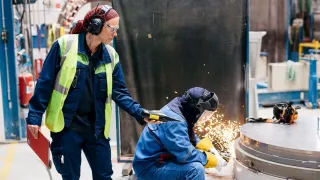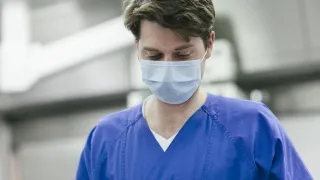Teaming Up for Safety! – Working Groups as Safety Factors – TURTI

Background of the project
Have you ever thought that a teams’ shared sense of humour may play an important role in its functioning and sense of solidarity? Or have you considered the different ways in which you and your team-mates maintain a common situational awareness during ongoing work? Or why, in some situations, it is extremely important to repeat a message you receive instead of just mumbling your acknowledgment?
The way in which work teams function has long since been identified as a significant safety factor in safety-critical industries. Although the majority of Finns work at least part of their working hours in a team, little information is available on the importance of teamwork in more traditional industries and from the perspective of occupational safety.
The forms of work carried out in groups and teams are constantly changing. The rapidly growing prevalence of remote work and remote management, and the demand for self-management in teams create new kinds of challenges for teamwork – also in industrial production and maintenance work. In addition, so-called manual work tasks increasingly have features of expert and knowledge work. Having to make decisions and solve problems independently and without the support of a supervisor has also increased in industrial tasks.
In this study, we closely examined the activities of teams working in production and maintenance tasks in five different industries. We studied what teamwork is from the perspective of occupational safety by using concepts related to group phenomena. We approached team functioning from the perspective of success and the prerequisites for success, and collected information on the factors that promote safe work in teams.
Methods and approach
The main emphasis of the study was on the ethnographic approach: the researchers of the project spent several weeks observing teams’ work in the study’s case companies and gathering additional information through different interviews to support their understanding. Field research observation enabled direct contact with the people being studied and their work. Research data were also collected through a survey and document analyses.
Results
The following quote summarizes the results of the project: “The more of us there is, the wiser we become!”
In our study, we found that the organizations' current safety observation notification systems and practices or incident investigations did not systematically identify group-level phenomena as factors that influence safety.
Key findings
-
Our study showed that the smooth flow and safety of work were largely based on employees' experience-based tacit knowledge. Taking care that tacit knowledge is spread promotes safe work.
-
In addition, the psychological safety of the group facilitates the decision-making and problem-solving required in the work of industrial production and maintenance teams and may also reduce the risk of human errors.
-
We also found, as have many other studies, that smoothly flowing, safe work in a team requires a shared situational awareness of current circumstances. Therefore, the means of maintaining situational awareness within and between teams are important factors for teams’ safety.
-
According to our questionnaire data, safety management is important factor in terms of supporting safe group work – the higher the safety management was rated, the more effective was the teamwork reported.
This study showed that observational field research is a useful method for studying occupational safety. The study’s approach also deepened our understanding of safety from a social psychological perspective.
Teaming up for safety! -discussion model
Based on research findings we developed Teaming up for safety! discussion model, in cooperation with the case companies. The discussion model leads teams to consider themes relevant to the safety of groups which may not spontaneously arise at work or during coffee break discussions.
Our experts
Research group
Vuokko Puro, Ilkka Asikainen, Sari Käpykangas, Inka Koskela, Teemu Paajanen, Heli Ansio, Teppo Valtonen, Virpi Kalakoski, Henriikka Kannisto
Funding
Finnish Institute of Occupational Health, The Finnish Work Environment Fund, co-operating organizations.



